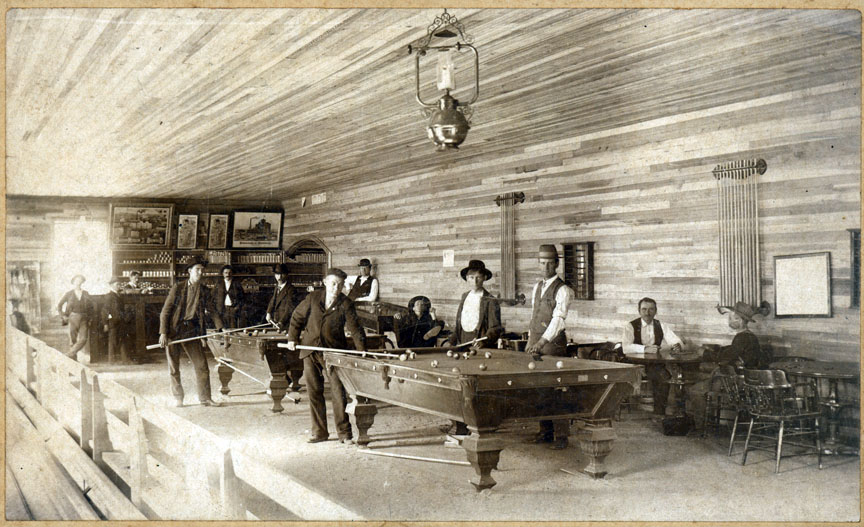At the stroke of midnight on May 1, 1933, residents toasted to the return of beer, after Prohibition’s 13-year run came to an end. Of course, in Asheville, the dry spell had begun 12 years earlier, when city voters approved a local measure enacting Prohibition within city limits.
On July 2, 1933 — just two months after beer’s triumphant return — the Asheville Citizen-Times reported that the county had collected $3,300 for beer licenses (or roughly $69,600 in today’s currency).
Two weeks later, the paper spoke with 12 of the city’s largest retailers, who noted a steady increase in sales and an ongoing improvement in the quality of beer being produced. “Wholesalers and retailers say that it is practically impossible to give a good estimate of the amount of beer consumed here weekly,” the article stated, “but it runs into thousands of bottles and several hundred gallons of draft beer.”
Both men and women enjoyed the beverage, the paper continued, though the latter didn’t consume it in all the same locations as the former. “Women drink beer in restaurants and from hotel service, or in their homes,” the article stated. “Since the opening night here, no women have been served at the billiard parlor bars.”
But there was one segment of the local population — “old-time beer drinkers” — who were dissatisfied with the new brews. “They want five to seven per cent beer instead of the 3.2,” the article asserted. “Many of them say that 3.2 to them means ‘three bottles of beer and two batwings.’” Batwings, the paper explained, were “the small, flat eight or 10-ounce bootleg pints of corn liquor.”
Meanwhile, some teenagers used the beverage to cover up other indulgences. According to the article, “Many youngsters … tell their parents or friends that the odors on their breaths are caused by legal beer, when they are often caused by something illegal and much stronger.”
At the time, the total number of stores carrying beer totaled 105 within the city and an additional 25 in Buncombe County. Collectively, around 10 different “growler and schooner suds” were available for purchase, as well as 15 bottled brands. Prices ranged from 15-20 cents a bottle and five-10 cents per glass.
“Very few persons drink beer for its effect, since not many persons have the capacity to ‘hold enough’ to feel the 3.2 per cent alcohol in the volume required,” the paper reported. “Beer is consumed because of a long-remembered or newly acquired taste, for health purposes, for the mild stimulant afforded, for hospitality and for food beverage.”
The good times did soon slow down. According to the Asheville Citizen-Times’ July 23, 1933, edition, beer sales declined by as much as a half.
“Asheville’s young folks,” the paper wrote, “have deserted it in large numbers in recent weeks.”
None of the retailers could offer a definitive reason for the drop-off among the city’s youth, but they had their theories.
“There were some who wagged their heads [and] said that after a steady diet of mountain corn whiskey there was no wonder the beverage of low alcoholic content failed to draw favor from the drinking members of the younger generation,” the paper reported. “Others were of the opinion that the price was too stiff.”
But not everyone had abandoned the brew. “The ‘old heads’ are remaining true,” the paper continued, “even though it does not have the ‘authority’ it carried in the days when one could take a little change and a bucket around the corner and bring back enough for the family.”
Editor’s note: Peculiarities of spelling and punctuation are preserved from the original documents.






Before you comment
The comments section is here to provide a platform for civil dialogue on the issues we face together as a local community. Xpress is committed to offering this platform for all voices, but when the tone of the discussion gets nasty or strays off topic, we believe many people choose not to participate. Xpress editors are determined to moderate comments to ensure a constructive interchange is maintained. All comments judged not to be in keeping with the spirit of civil discourse will be removed and repeat violators will be banned. See here for our terms of service. Thank you for being part of this effort to promote respectful discussion.